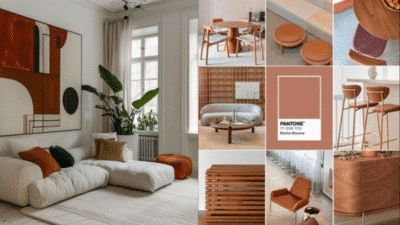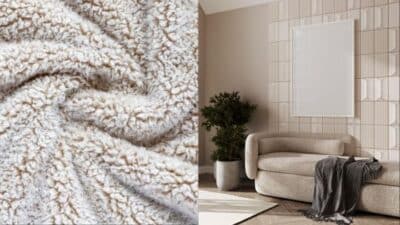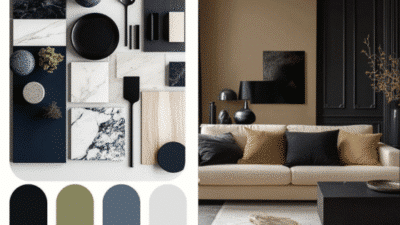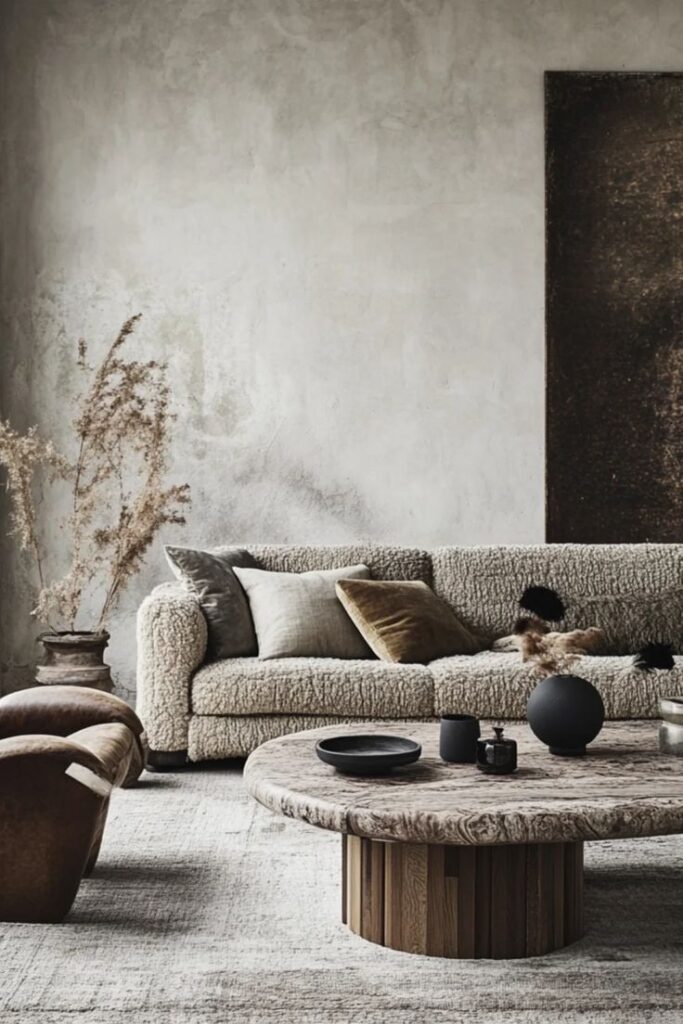
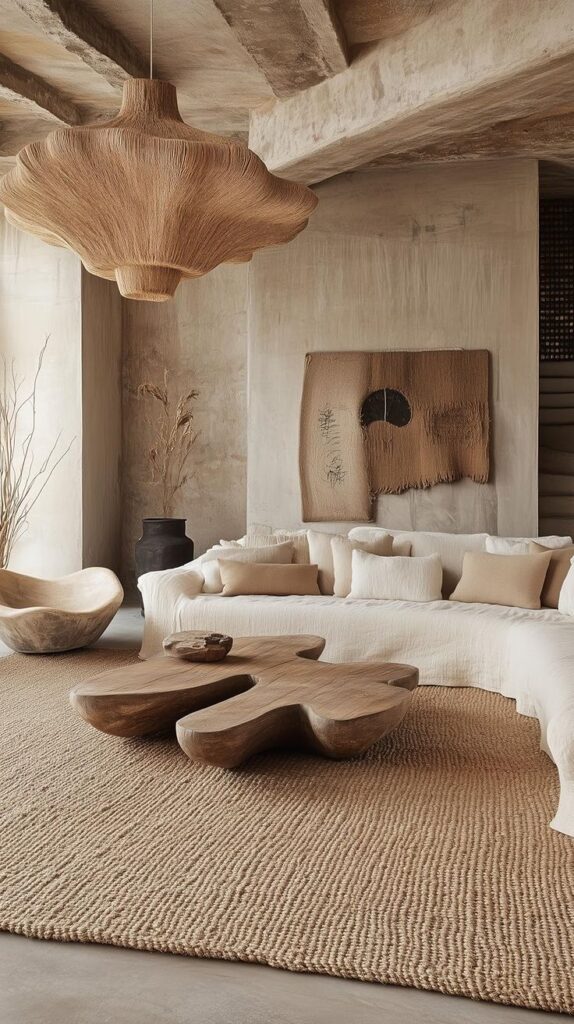
Texture plays a key role in making interior spaces feel more interesting and comfortable. It refers to the surface quality of materials, like how rough, smooth, soft, or hard they are. Using texture well can add depth and character to a room, making it visually appealing and inviting.
People can use texture through different materials such as fabrics, wood, stone, and metals. Combining various textures helps to create balance and contrast, which brings life to otherwise plain spaces.
Understanding how texture works with light and color is also important. It can change how a room looks and feels depending on how these elements interact. Knowing this helps design spaces that are both beautiful and functional.
Key Takeways
- Texture adds depth and interest to a space.
- Mixing materials creates balance and contrast.
- Light and color affect how texture appears.
Understanding Texture in Interior Design
Texture adds depth and interest to a space through how surfaces feel or look. It involves different sensations and visual effects that influence comfort and style. Texture can change how people feel in a room and affect its overall mood.
What Is Texture in Interior Design
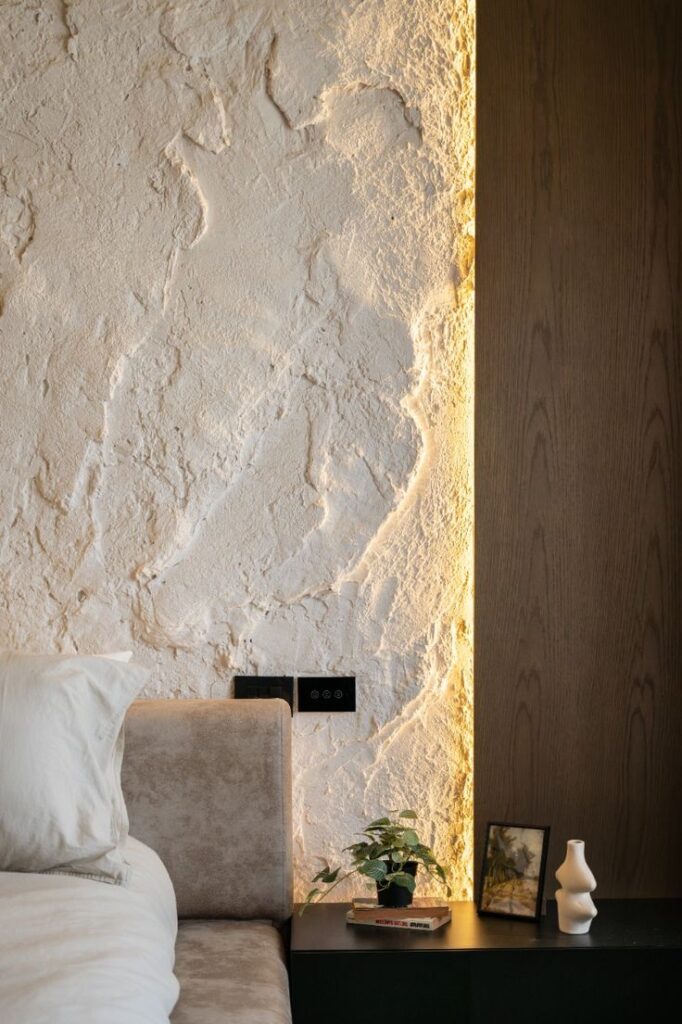
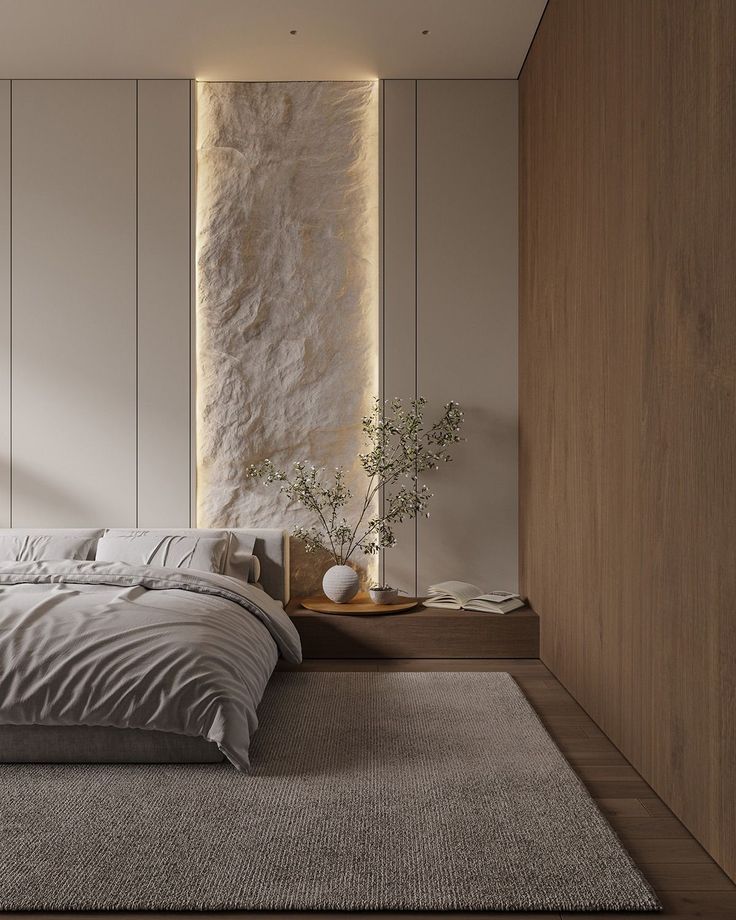
Texture refers to the surface quality of materials used in a room. It can be felt by touch or seen with the eyes. Common examples include smooth glass, rough brick, soft fabric, or shiny metal.
Designers use texture to add layers and contrast, making a room feel more balanced and inviting. Texture also affects how light interacts with surfaces, changing the look of a space throughout the day.
Types of Texture: Tactile vs. Visual
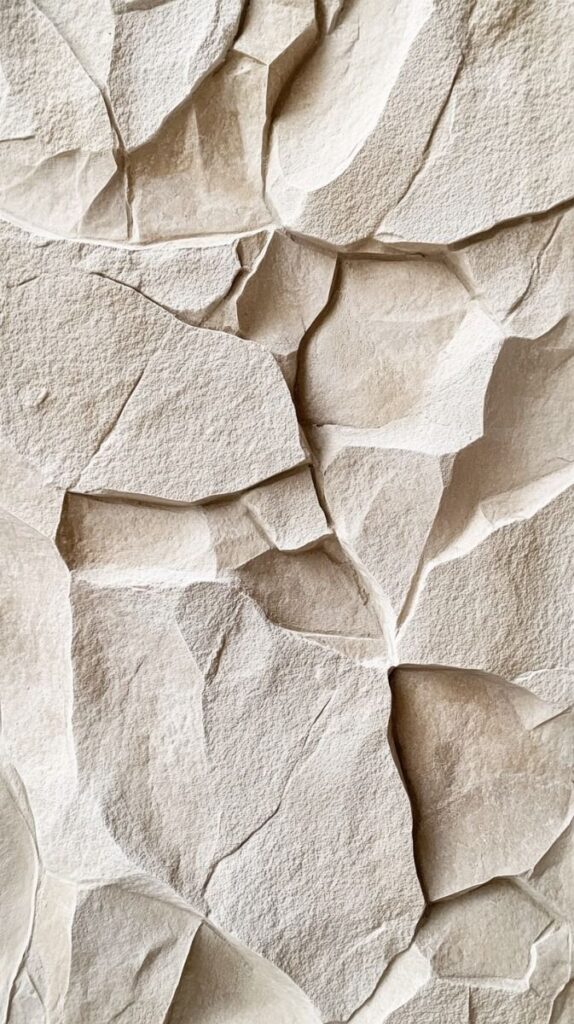
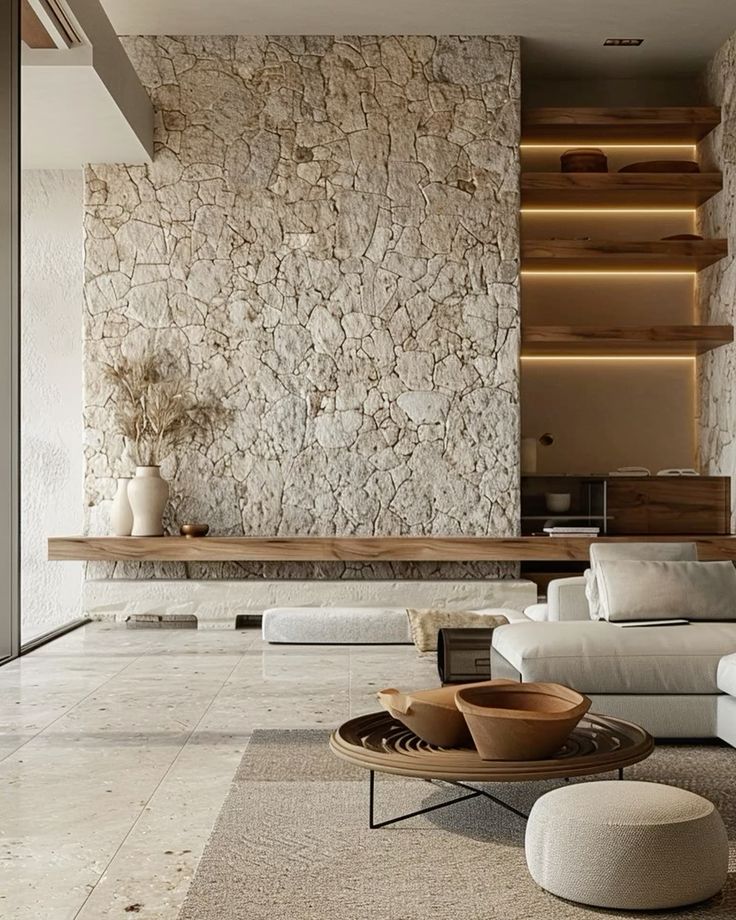
Tactile textures are physical and can be touched, such as wood grain, wool rugs, or leather upholstery. They create a sensory experience, inviting people to feel surfaces.
Visual textures show the appearance of texture without physical feel. This can be patterns that look rough or smooth but are flat, like wallpaper or printed fabrics.
Both types work together to make a room feel dynamic. Mixing tactile and visual textures can create harmony or contrast depending on the design goal.
The Psychology of Texture
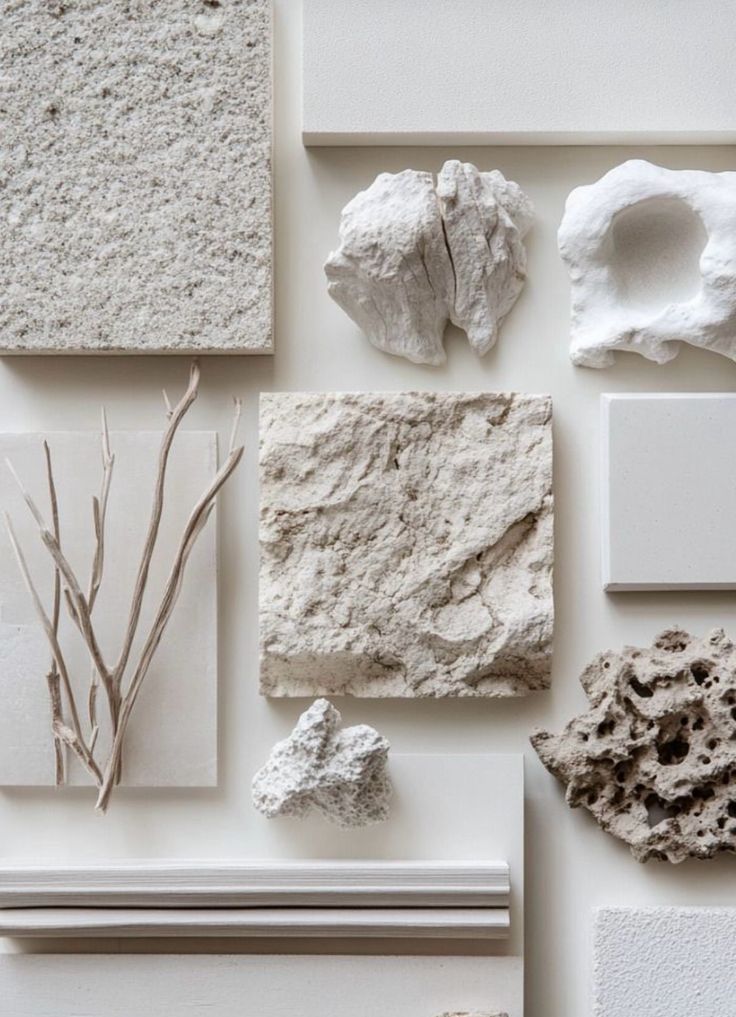
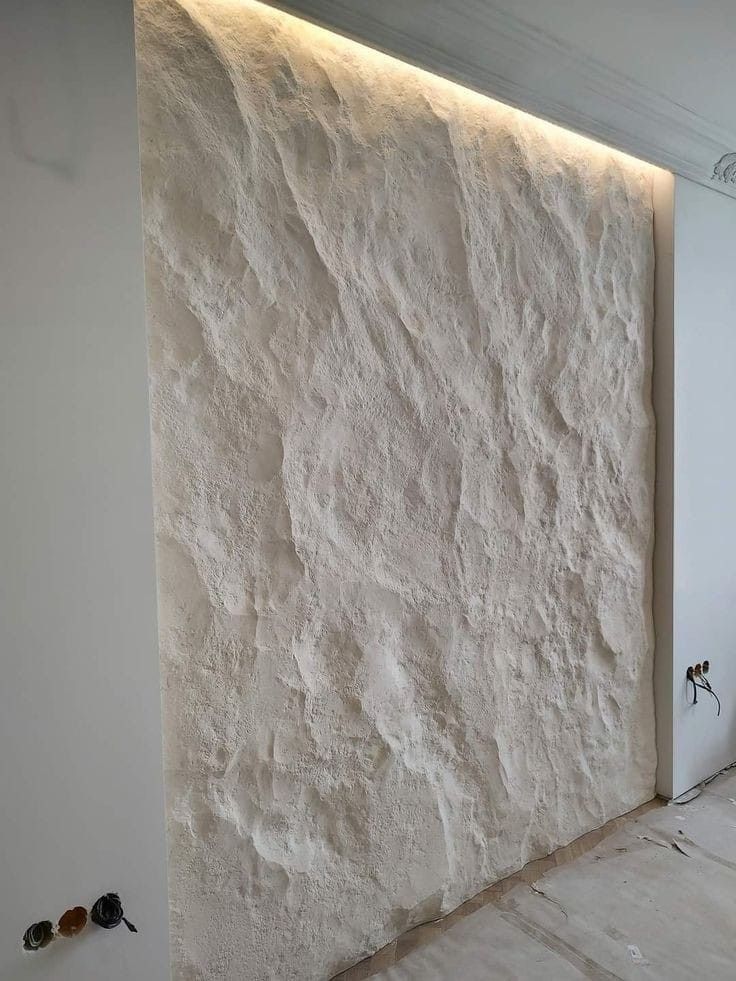
Texture impacts emotions and comfort. Rough textures can feel energetic or raw, while soft textures often bring calm and warmth.
People tend to associate smooth textures with cleanliness or luxury. Rough textures can make spaces feel more natural or cozy.
Using texture thoughtfully helps create the desired mood in a room. It can influence how long someone wants to stay or how relaxed they feel.
Importance of Texture for Interior Spaces
Texture helps make rooms feel complete and well thought out. It influences how people see and experience a space by adding depth, variety, and balance. Using texture correctly can improve the look and feel of any room.
Enhancing Room Depth and Dimension
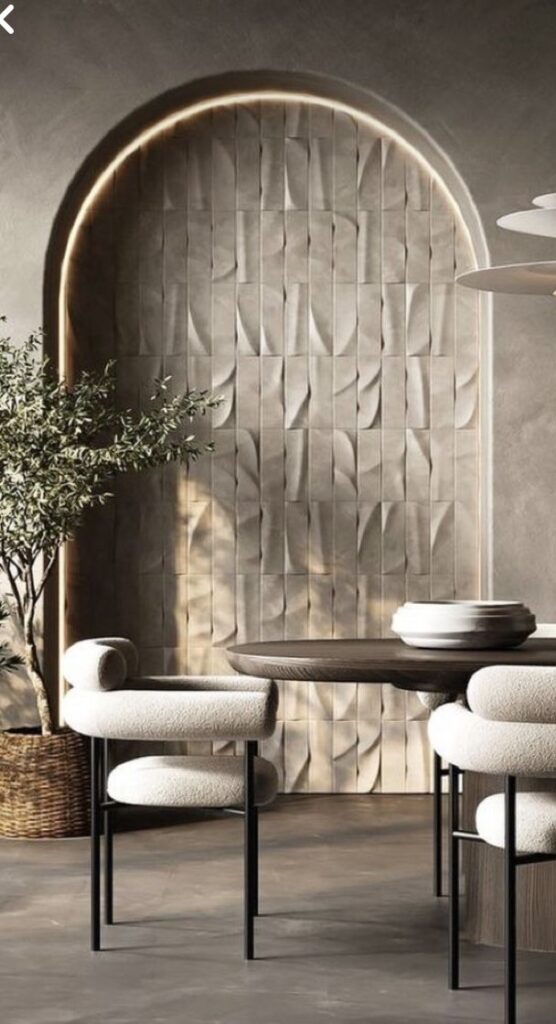
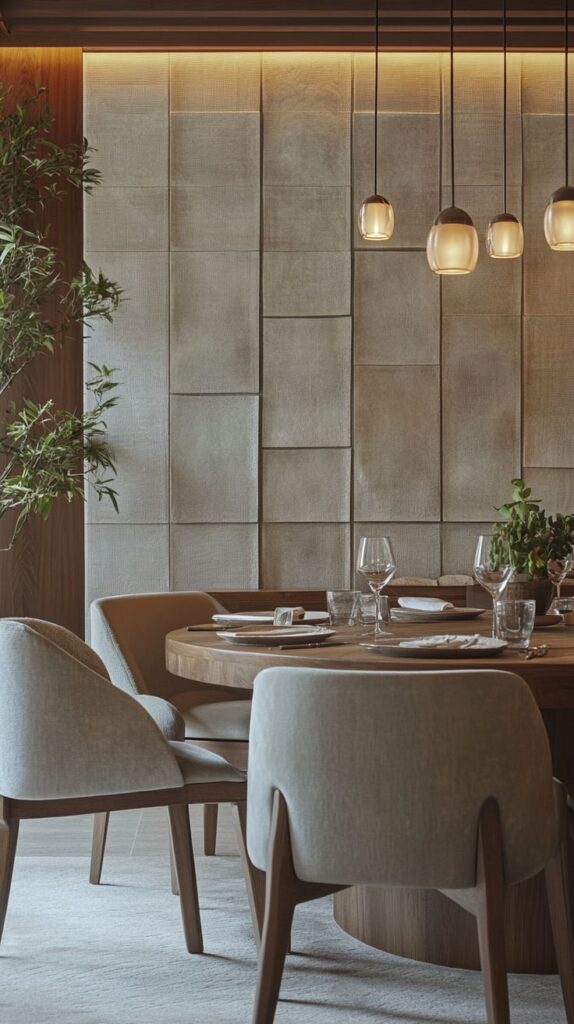
Texture creates layers that make a room look more three-dimensional. Smooth surfaces might reflect light, while rough or patterned materials add shadow and contrast. This mix makes flat walls or floors feel less plain.
For example, pairing a velvet sofa with a woven rug adds differing surfaces that catch the eye in unique ways. This variety prevents spaces from feeling dull or lifeless. Walls, fabrics, and furniture with diverse textures work together to give rooms a sense of richness.
Creating Visual Interest
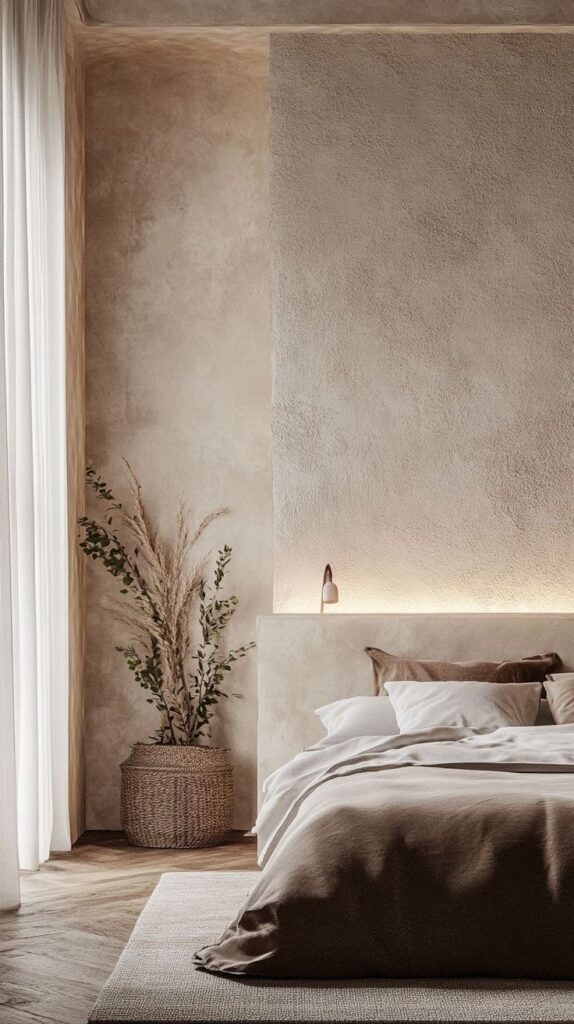
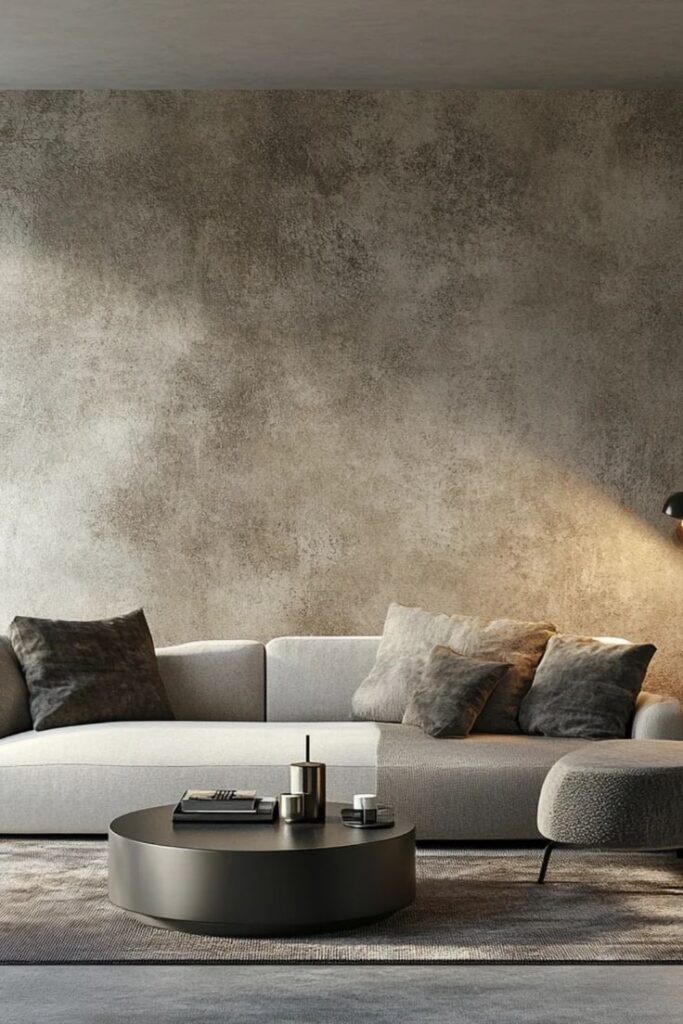
Texture breaks the monotony in interior design by adding variety. It draws attention to specific areas or objects through contrasting surfaces. For instance, a glossy table next to a matte wall gives a sharp visual difference that attracts the eye.
Using textures like brick, wood grain, or soft textiles can highlight design features or create a focal point. Color alone doesn’t achieve this effect as well because texture appeals to both sight and touch, making the space more engaging.
Balancing Room Elements
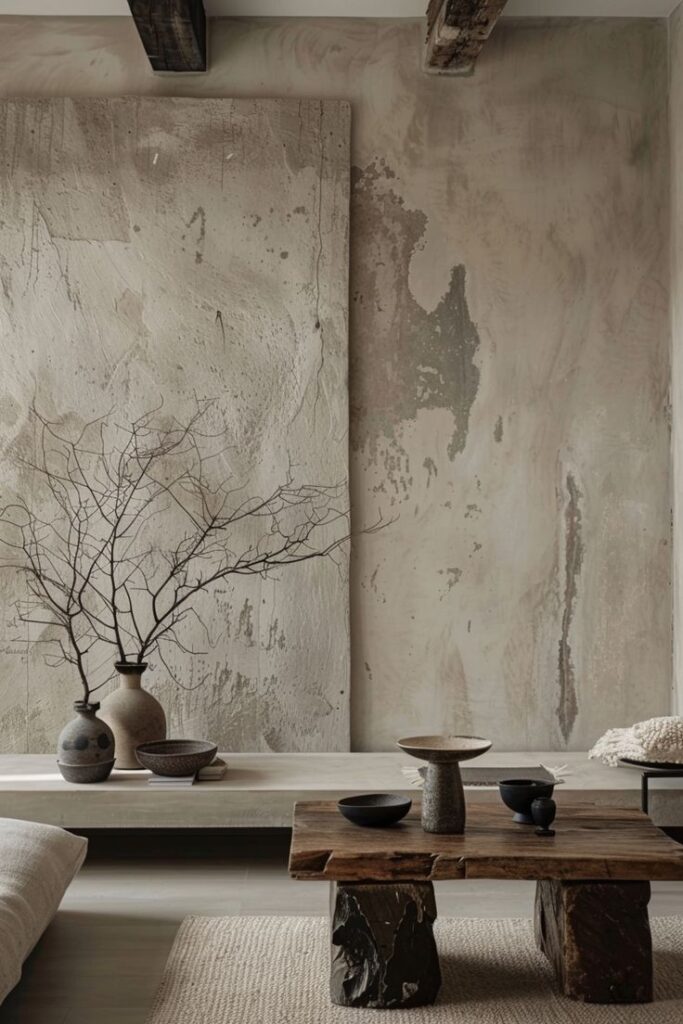
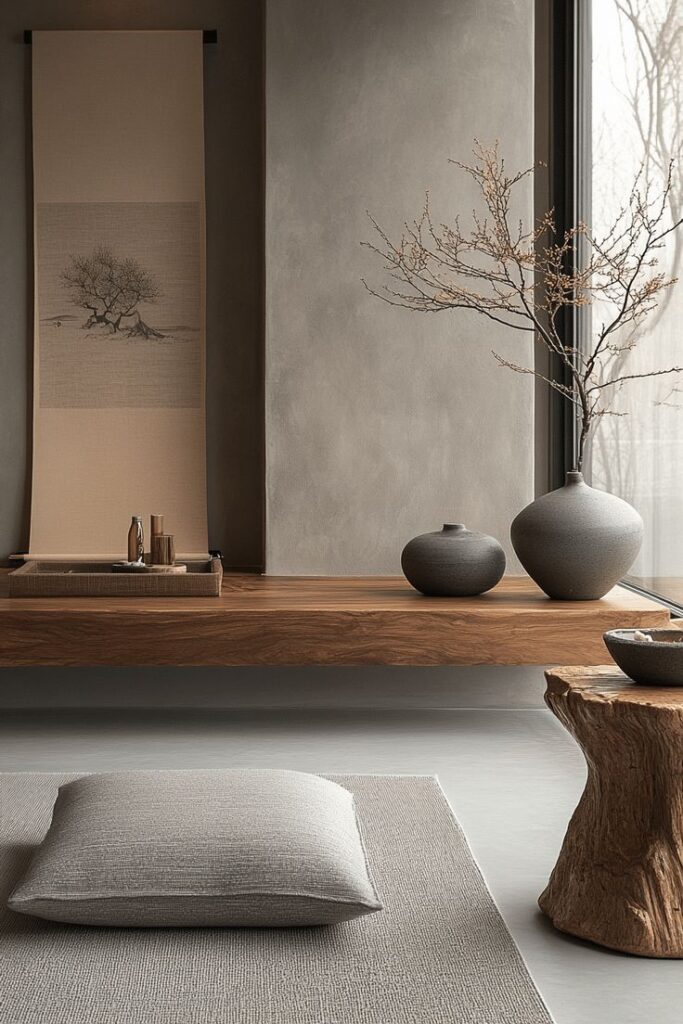
Texture helps balance hard and soft elements within a room. It can soften sharp lines or hard surfaces by introducing gentle or tactile materials. For example, a glass coffee table can feel less cold when paired with a fluffy rug.
Furniture, flooring, and decor contribute different textures that can be thoughtfully combined to avoid overwhelming the senses. A mix of smooth, rough, shiny, and matte surfaces creates harmony and comfort in any interior setting.
Types of Textures Used in Interiors
Texture in interior design shapes how a space feels and looks. It involves differences in surface quality and can affect comfort, style, and visual interest.
Natural vs. Synthetic Textures
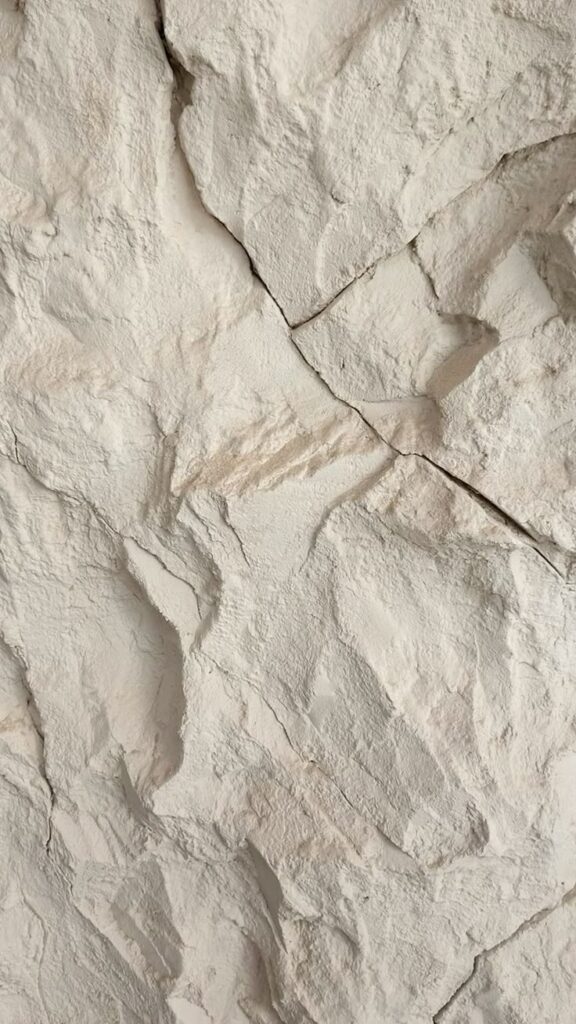
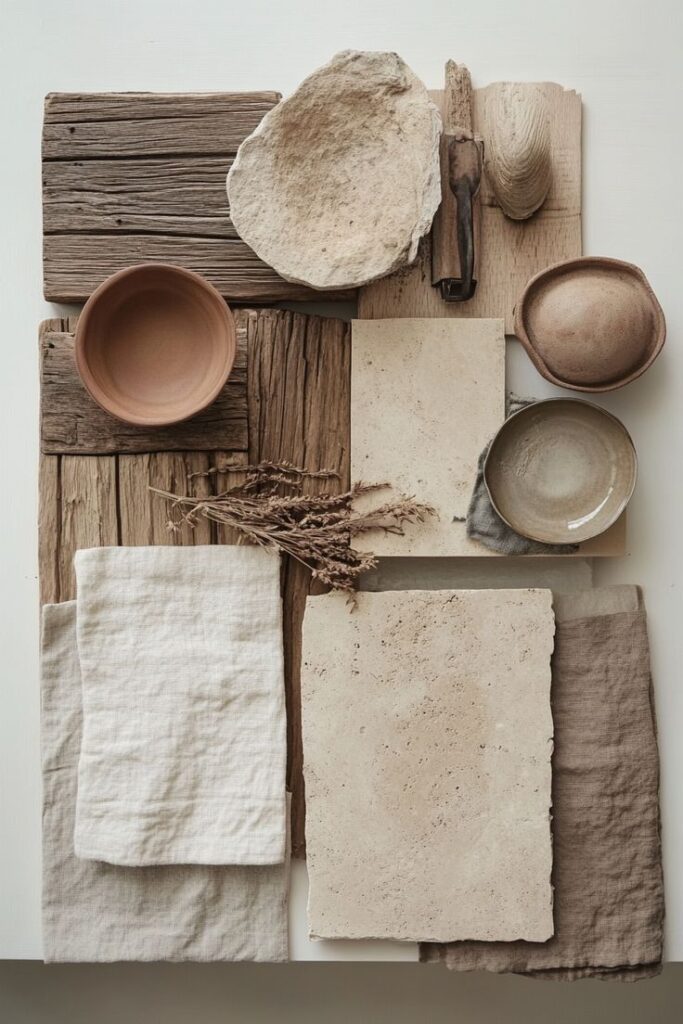
Natural textures come from materials found in the environment. Examples include wood grains, stone surfaces, and woven fabrics like cotton or wool. These textures often bring warmth and authenticity to a room. They can also change over time, adding character.
Synthetic textures are man-made. They include plastics, vinyl, and faux fabrics designed to imitate natural ones. These can be more durable and easier to maintain. Synthetic options allow for more color and pattern variety but may lack the depth of natural materials.
Both types serve different design needs. Choosing between them depends on how much maintenance, appearance, and feel matter for the space.
Smooth and Polished Textures
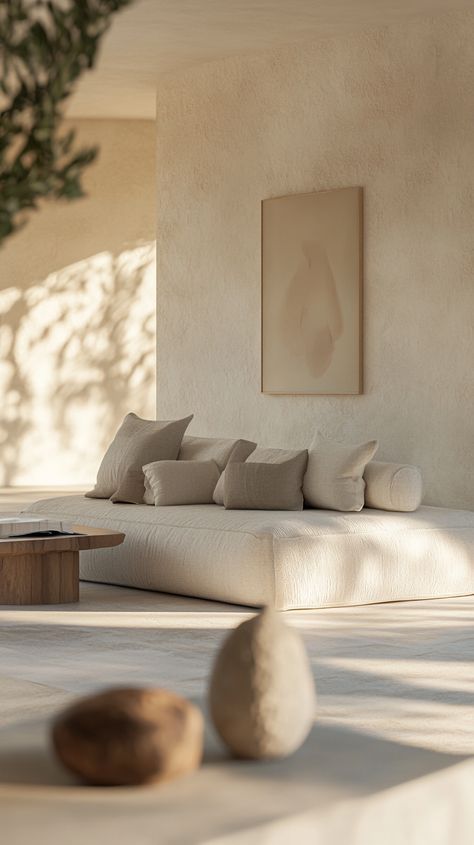
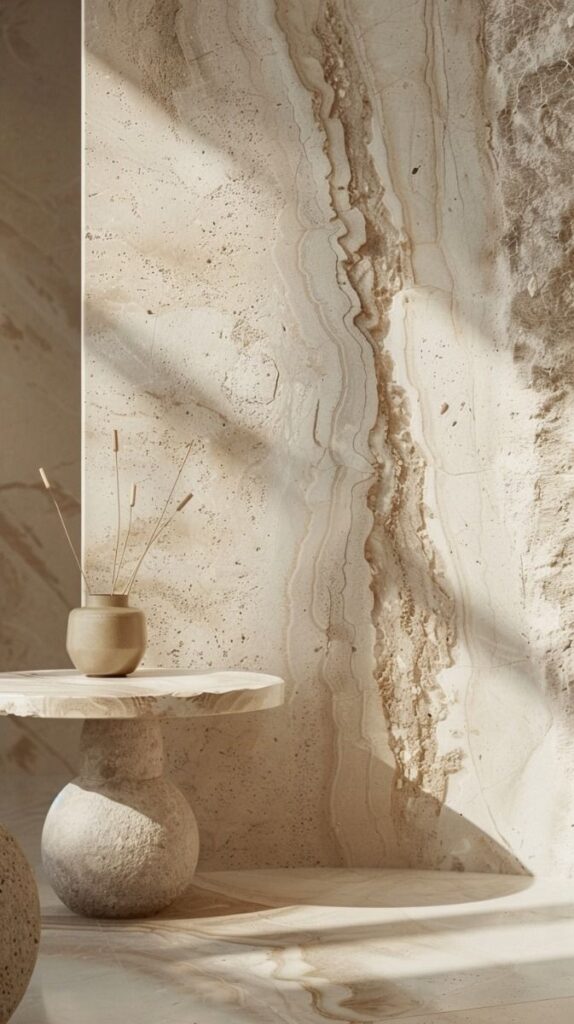
Smooth textures are flat and even to the touch. Examples include glass, polished wood, and metal surfaces. They reflect light well, making a room seem brighter and larger.
Polished finishes feel sleek and clean. They are often used in modern or minimalist designs to create a sense of order and openness. Smooth surfaces are easier to wipe clean, which makes them practical in kitchens and bathrooms.
Using smooth textures can balance rougher surfaces in a room. They add contrast by providing visual smoothness and simplicity.
Rough and Matte Surfaces
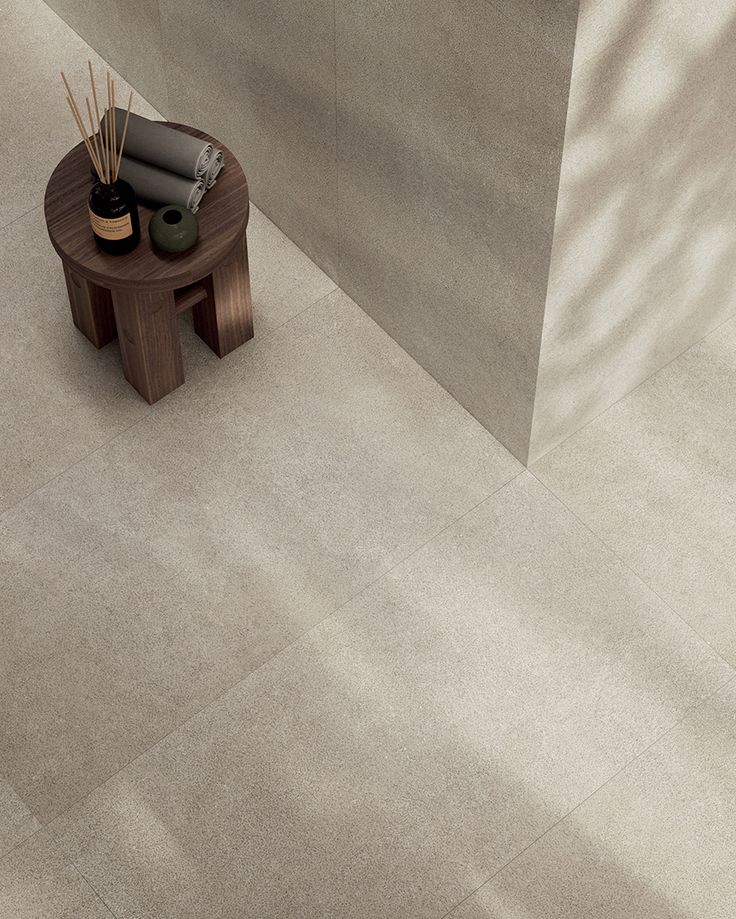
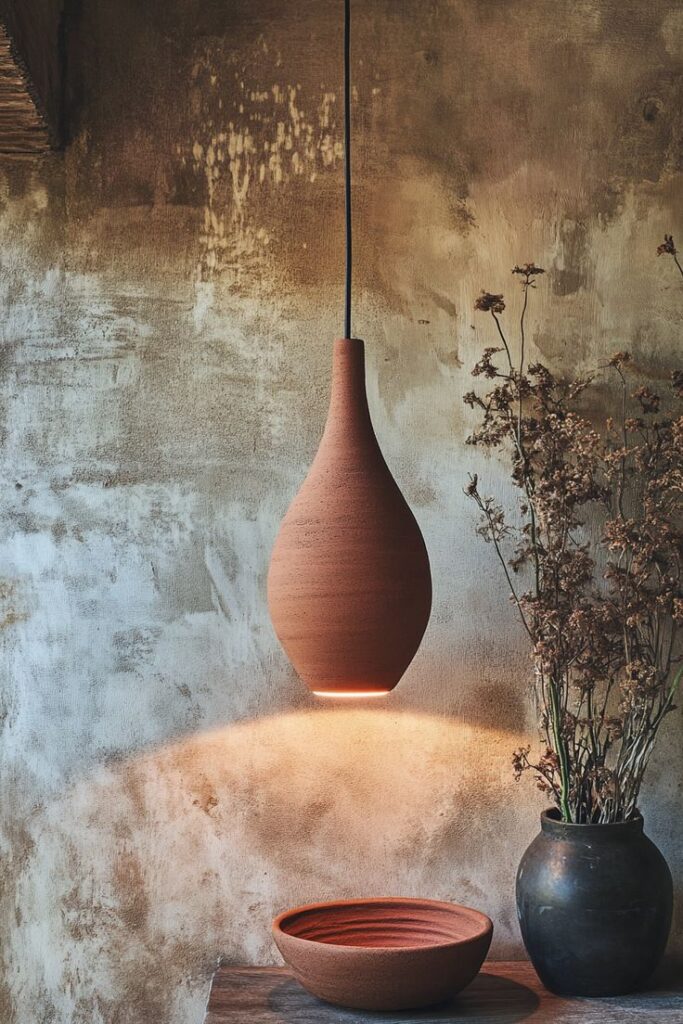
Rough textures have uneven or coarse surfaces. Examples include unpolished wood, brick, and textured wall paint. These surfaces add tactile interest and can make a room feel cozy or earthy.
Matte finishes scatter light instead of reflecting it, reducing glare. This makes rough and matte surfaces subtle but noticeable. They hide fingerprints and dirt better than shiny options.
Combining rough and matte textures with smooth textures adds depth to interiors. They work well in rustic, industrial, or casual designs, giving spaces personality and grounding.
Integrating Texture Through Materials
Texture adds depth and interest to any room by using different materials in key areas. Surfaces like fabrics, walls, and floors offer many ways to bring in varied textures that change how a space feels and looks.
Textiles and Fabrics
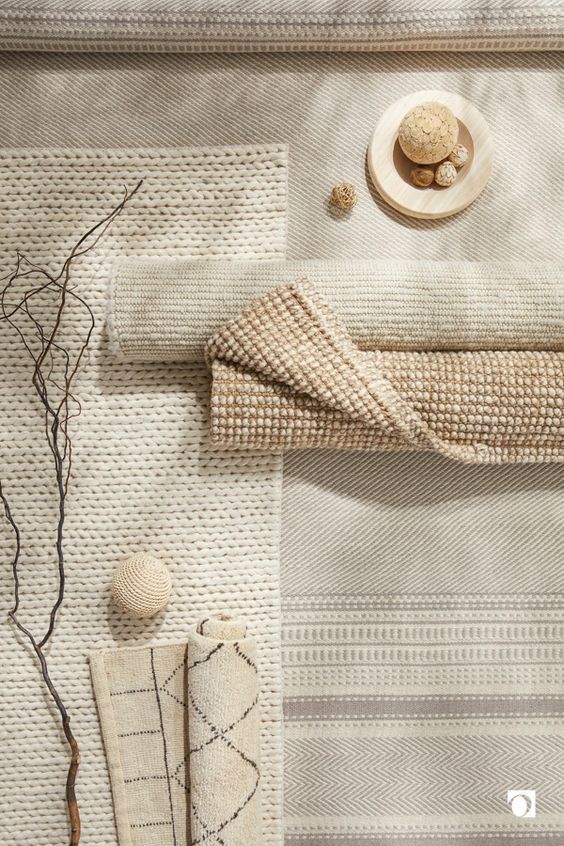
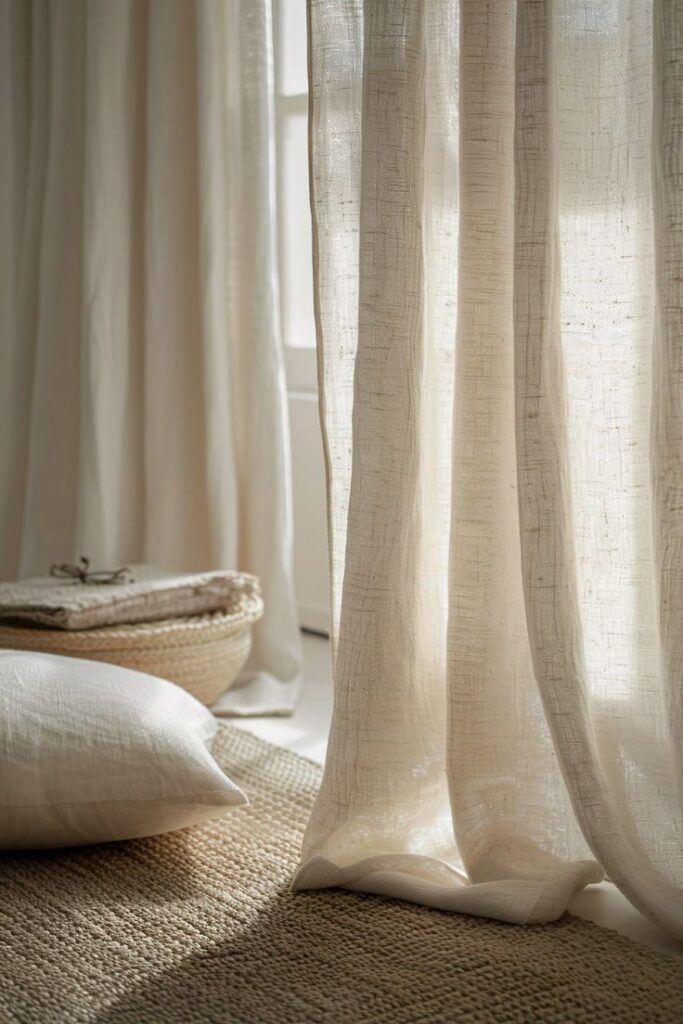
Textiles play a major role in adding texture through softness and pattern. Materials like velvet, linen, and wool each have distinct feels and appearances. Velvet feels smooth and plush, making furniture or cushions look rich and cozy.
Linen offers a lighter, more natural texture that suits casual or rustic styles. Wool brings warmth and fuzziness, perfect for throws or pillows in colder rooms. Mixing smooth and rough fabrics creates contrast and balance without overwhelming the design.
Patterns on textiles add another layer of texture, like raised embroidery or woven details. These bring subtle visual complexity and invite touch, making the room feel more lived-in and personal.
Wall Treatments
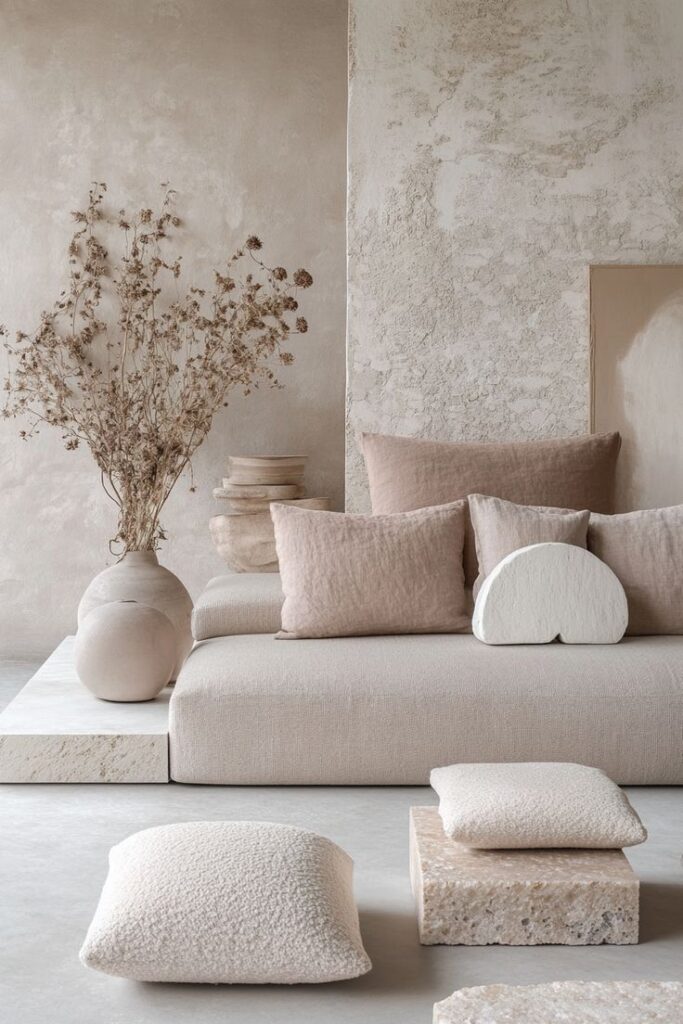
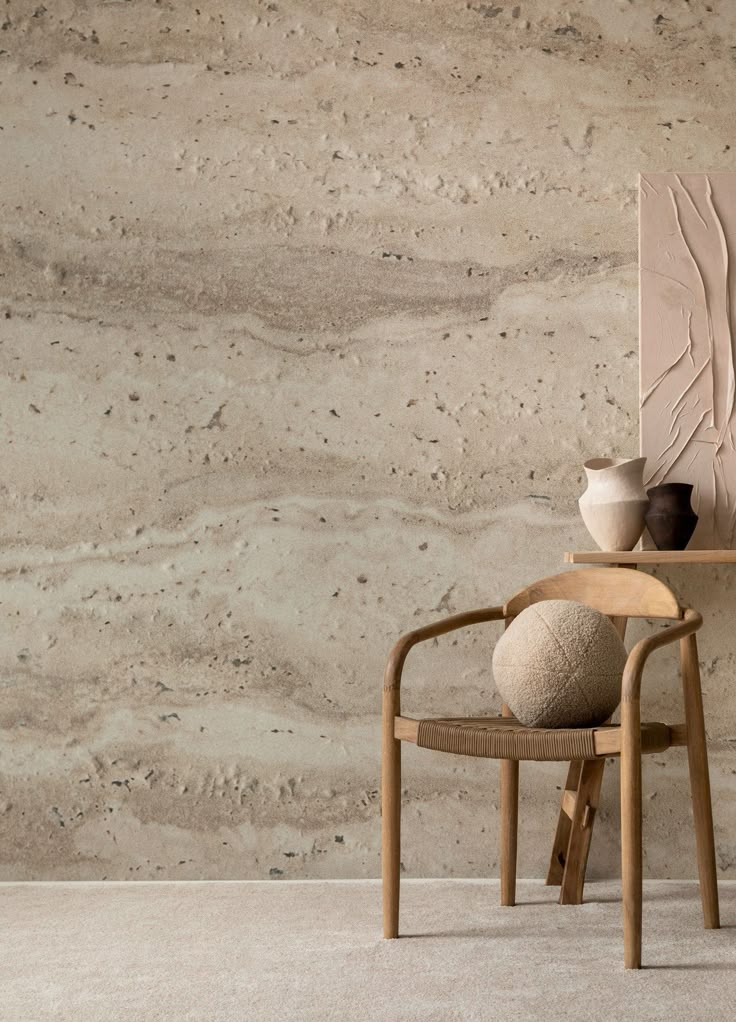
Walls provide a large canvas for texture through paint, wallpaper, and paneling. Matte or flat paints absorb light and give a soft finish, while glossy paints reflect light and feel smooth.
Textured wallpaper options include grasscloth, fabric-backed vinyl, and embossed paper. Grasscloth adds a natural, rough feel and visual depth with its woven fibers.
Wood paneling or shiplap introduces a three-dimensional texture. Stone or brick veneer walls provide rugged texture that becomes a room’s focal point. Choosing different wall textures affects the overall mood, from sleek modern to warm rustic.
Flooring and Rugs
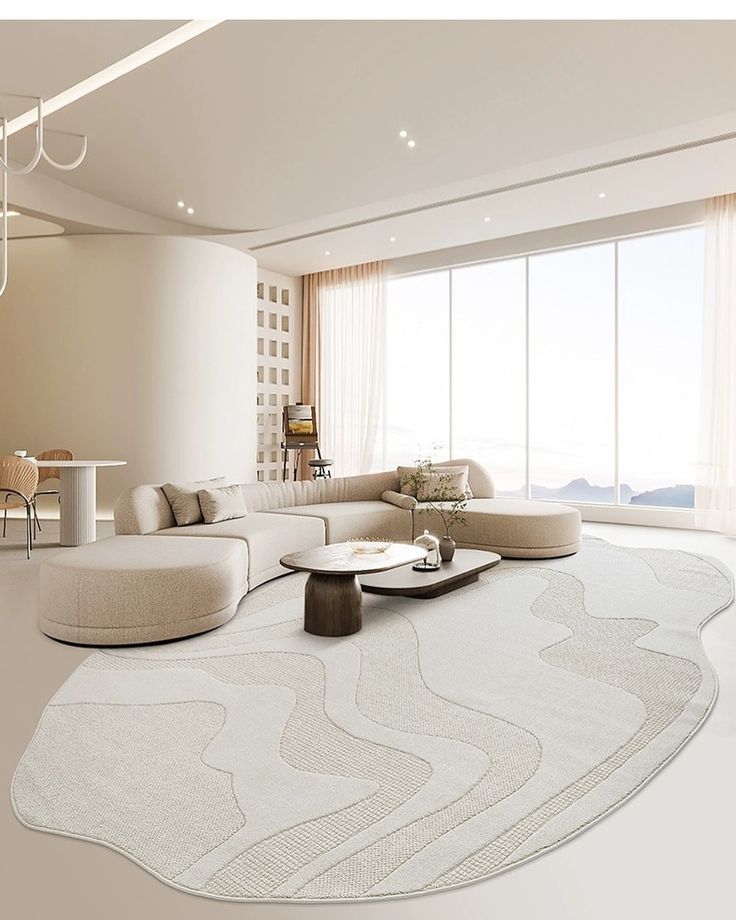
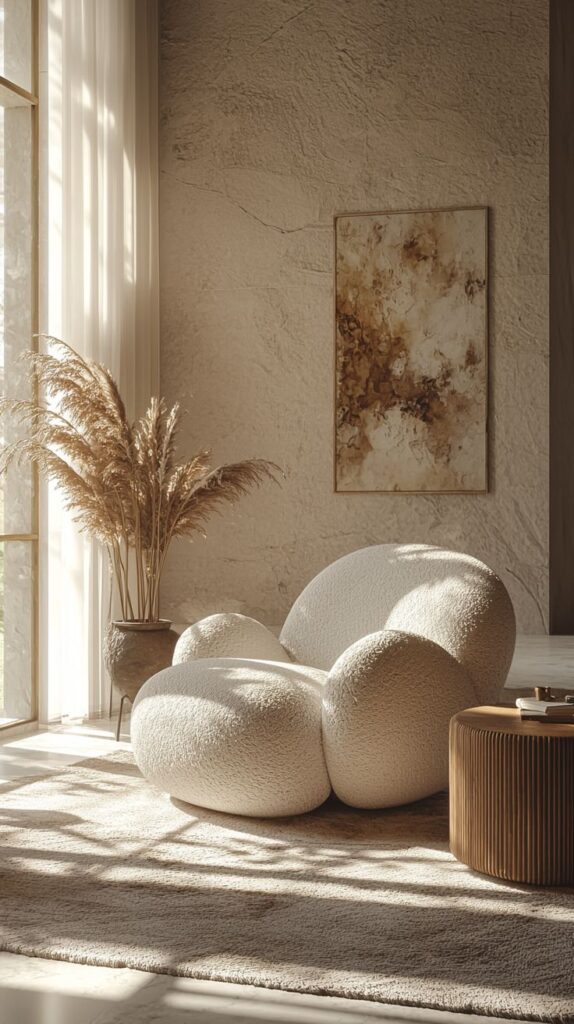
Flooring materials shape the room’s texture from the ground up. Hardwood floors offer a smooth but natural grain texture. Wide planks or distressed finishes add character and variation.
Carpet provides a soft texture underfoot, available in low-pile for a smooth feel or high-pile for a fluffy surface. Area rugs create zones within rooms and add layers of texture with patterns, colors, and fibers.
Natural fiber rugs like jute or sisal offer coarse, organic texture that contrasts with smooth floors. Layering rugs and mixing materials can enhance warmth and make a space more inviting.
Layering and Contrasting Textures
Layering and contrasting textures help create a rich and inviting space. Different surfaces and materials work together to add depth and interest without overwhelming the room.
Mixing Multiple Textures
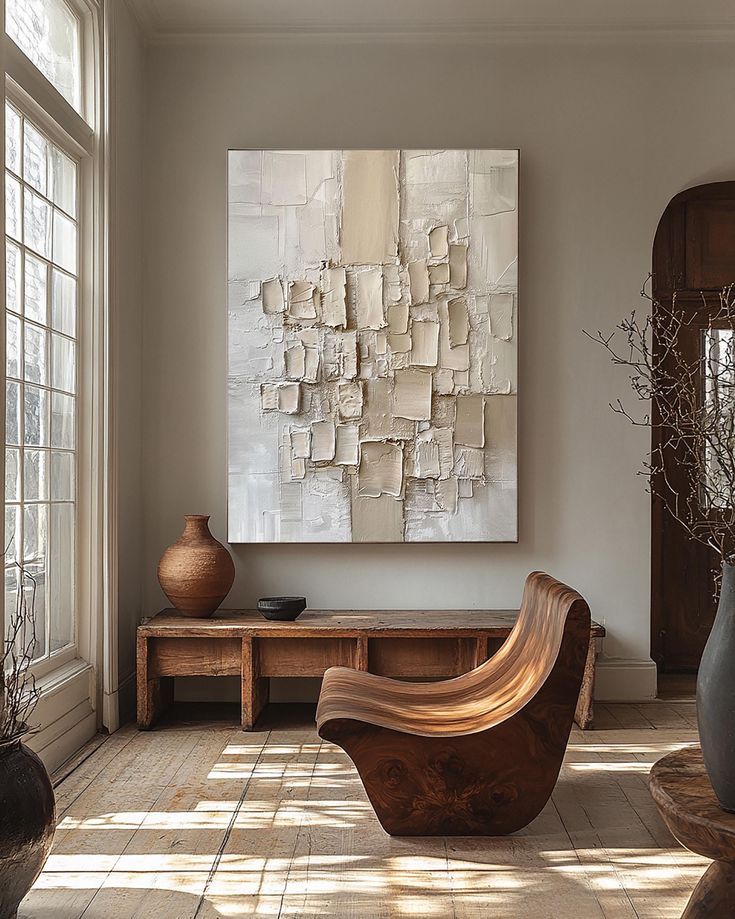
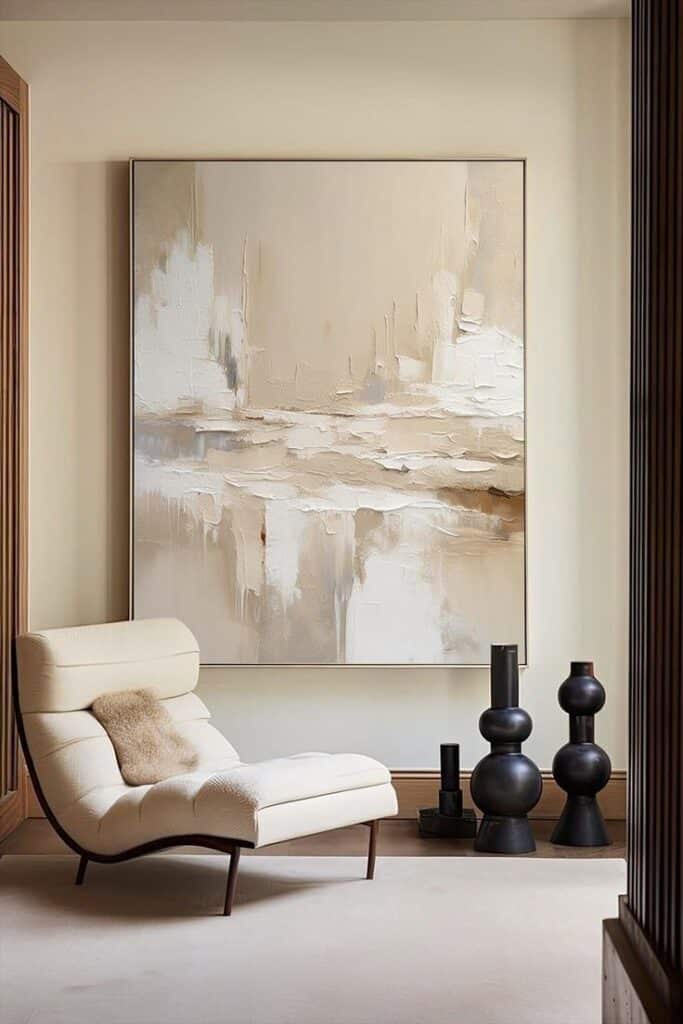
Using a variety of textures adds dimension to interiors. For example, pairing a soft wool rug with a smooth leather sofa creates a tactile contrast.
Here are common textures to mix:
- Rough: brick walls, concrete floors
- Soft: velvet cushions, cotton throws
- Smooth: glass tables, polished wood
- Shiny: metal lamps, ceramic vases
Combining these types makes the space feel well-rounded. It prevents rooms from looking flat or boring.
Achieving Harmony and Balance
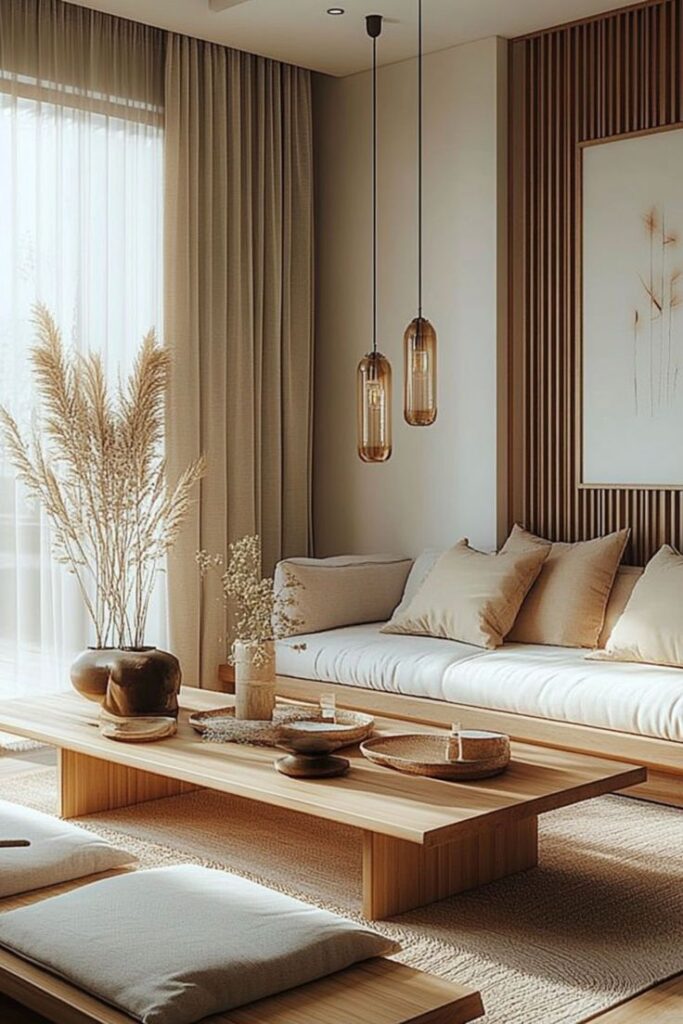
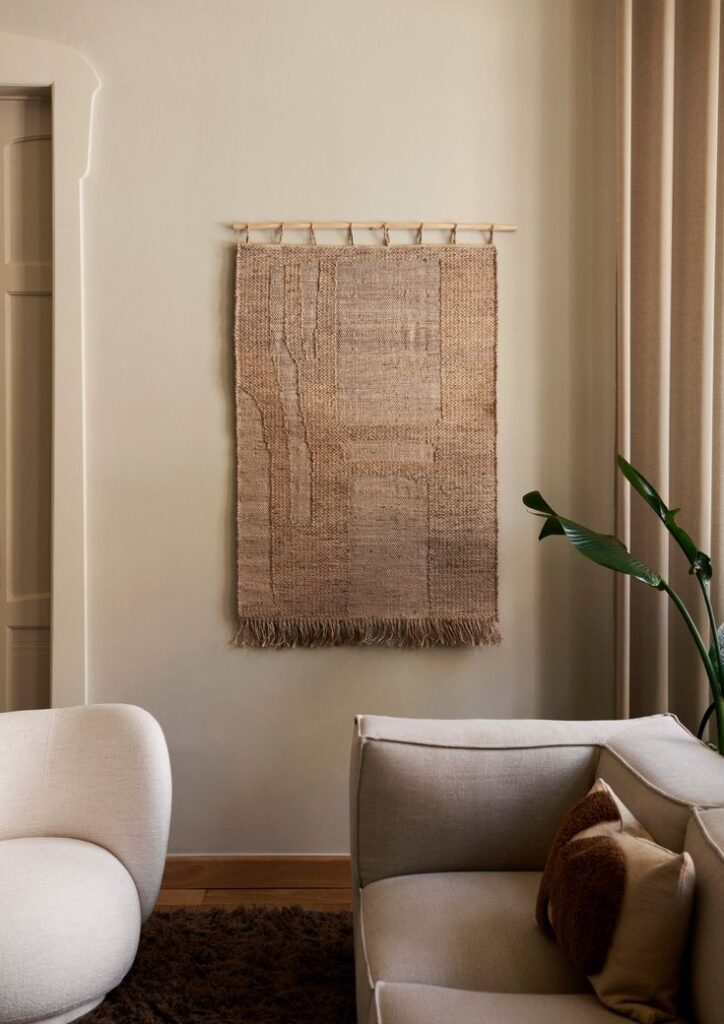
Balancing texture is important to avoid clutter. A mix of too many rough or too many smooth items can feel uneven.
A good strategy is to:
- Choose a dominant texture and add two or three supporting ones
- Use contrasting textures in similar color families
- Space out different textures so they don’t compete visually
Harmony comes from thoughtful placement and consistent color tones. This keeps the room comfortable and cohesive.
Texture in Different Interior Styles
Texture plays a key role in how a space feels and looks. It can make rooms cozy, sleek, or vibrant depending on how it is used. Different interior styles choose texture in unique ways to support their main goals.
Modern and Minimalist

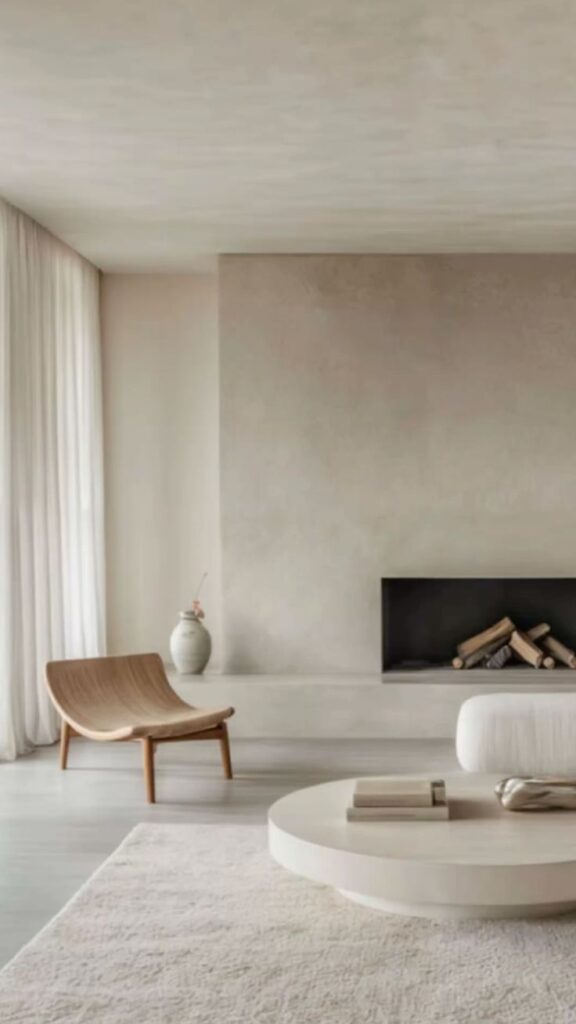
In modern and minimalist designs, texture is usually subtle but intentional. Smooth surfaces like glass, metal, and polished wood are common. These materials create a clean and sleek look.
Soft textures, such as a simple wool rug or a linen cushion, are often added sparingly. This brings warmth without cluttering the space. The goal is to balance smooth hardness with gentle softness.
Patterns are rare or very minimal. The focus is on letting texture alone create visual interest without extra decoration.
Traditional Settings
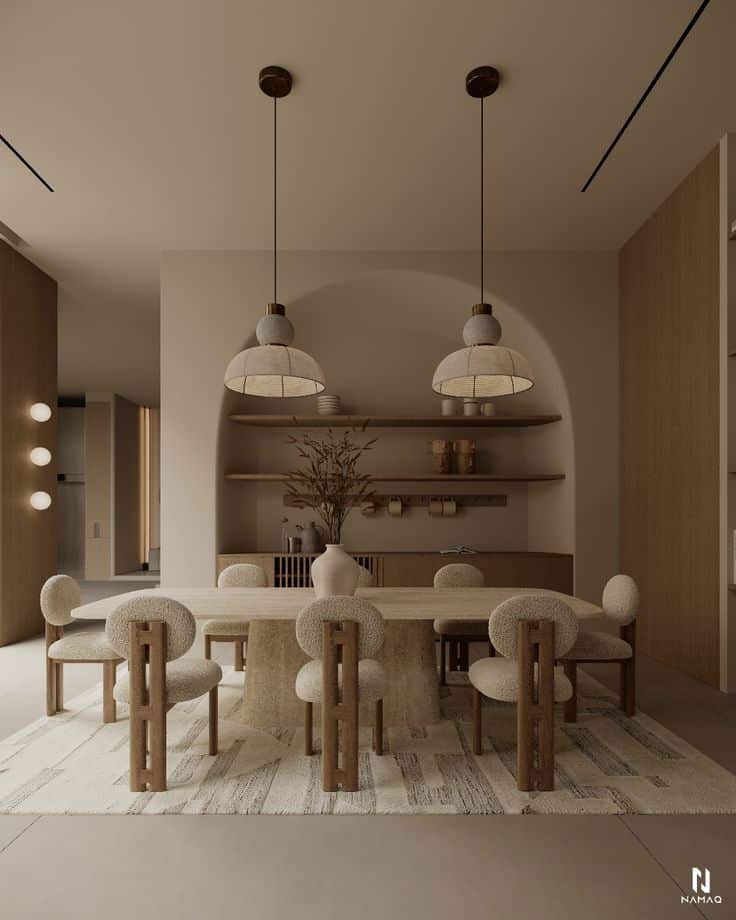
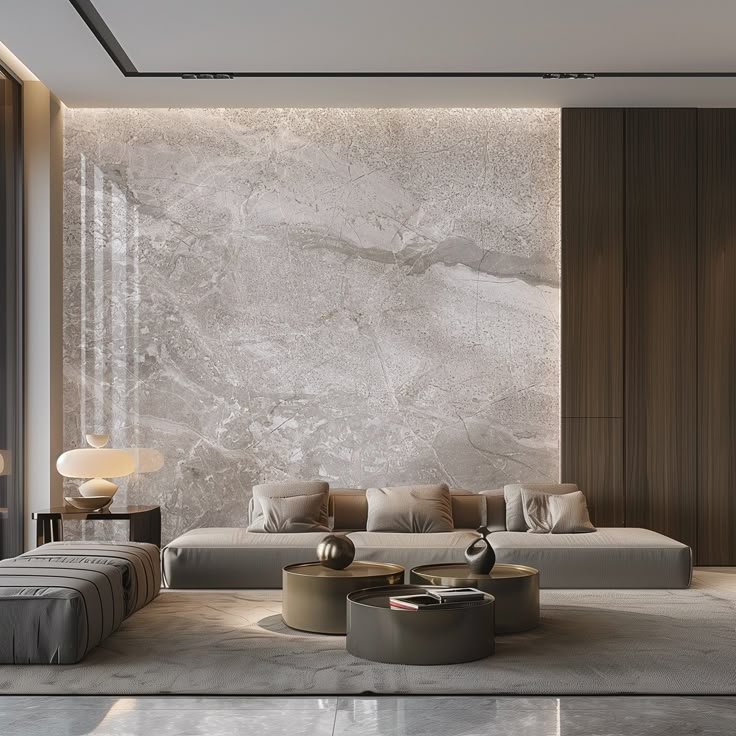
Traditional interiors use texture to add richness and depth. Heavy fabrics like velvet or brocade are popular for curtains and upholstery.
Wood is often carved with detailed patterns and finished with a glossy surface. This adds a tactile element that feels substantial and formal.
Area rugs and draperies may have intricate patterns and raised textures. These layers build warmth and luxury.
Using varied textures together—smooth polished wood, soft plush textiles, and woven materials—is common. It creates a balanced and inviting atmosphere.
Eclectic and Bohemian Spaces
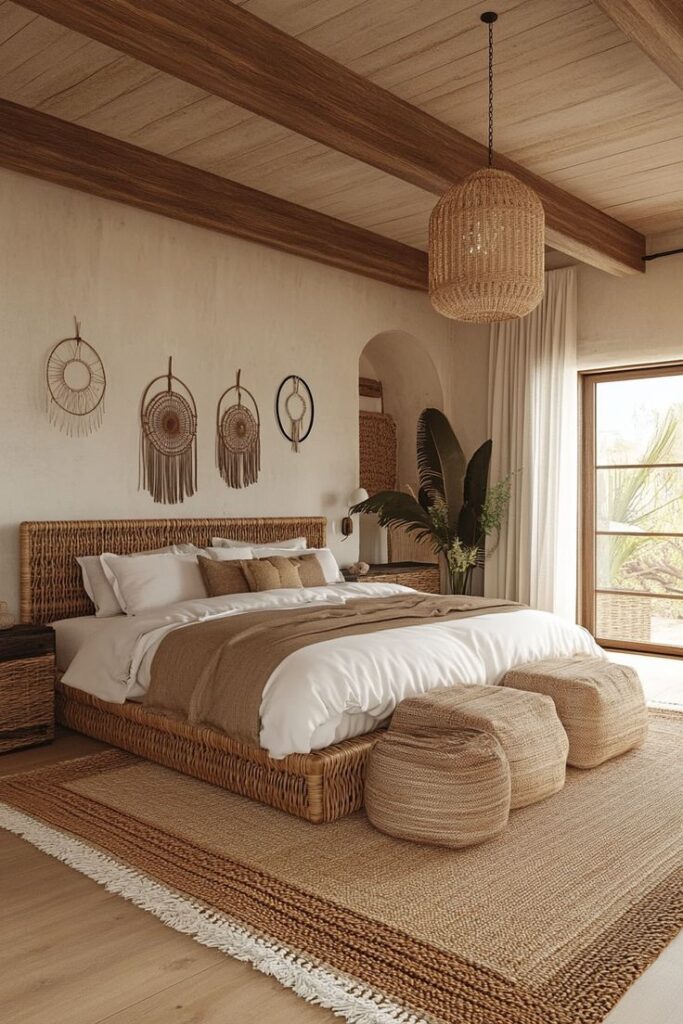
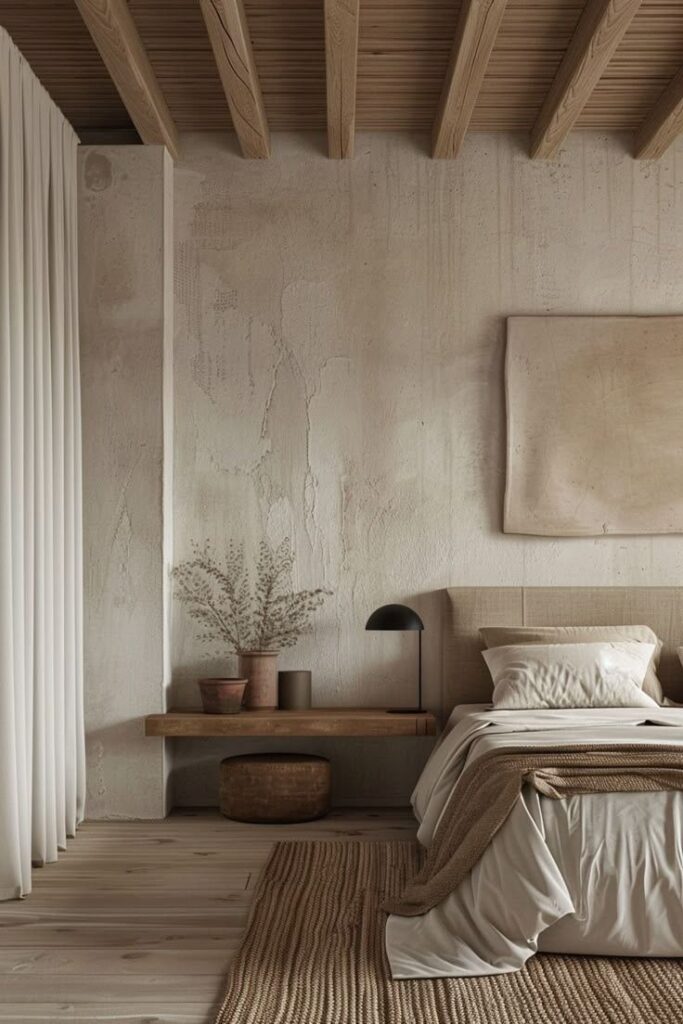
Eclectic and bohemian styles thrive on mixing different textures freely. Rough woven rugs, embroidered cushions, and distressed wood furniture often appear together.
Natural materials are favored, such as jute, rattan, and cotton. These add an earthy, tactile quality to the room.
Varied surfaces, like macrame wall hangings or layered textiles, bring a handmade feel. The mix of textures supports the casual, collected-over-time vibe of these styles.
Colors and patterns combine with texture to create lively, personalized spaces. The key is contrast and diversity.
Color, Light, and Texture Relationships
Texture in a room changes how color and light are seen. Both lighting and color choices can highlight or soften textures. These elements work together to create mood and depth in a space.
How Lighting Affects Texture
Lighting changes the way texture is noticed. Bright, direct light makes textures like wood grain or fabric weave stand out by casting shadows. Soft, diffused light can hide rough textures and make surfaces appear smoother.
The angle of light also matters. Light hitting a textured surface from the side shows more detail than light coming straight on. Different bulbs, such as warm or cool light, change how colors and textures look, affecting warmth and clarity in a room.
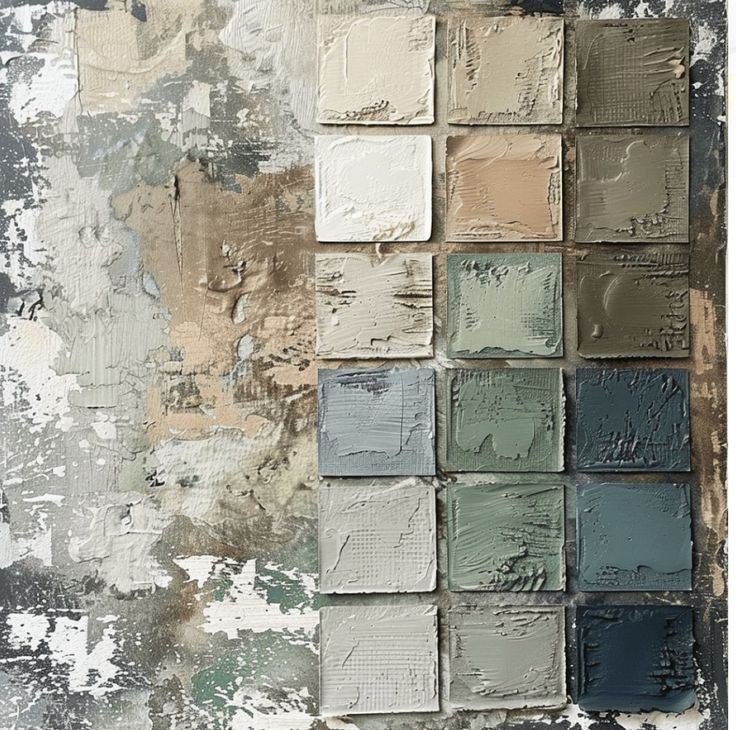
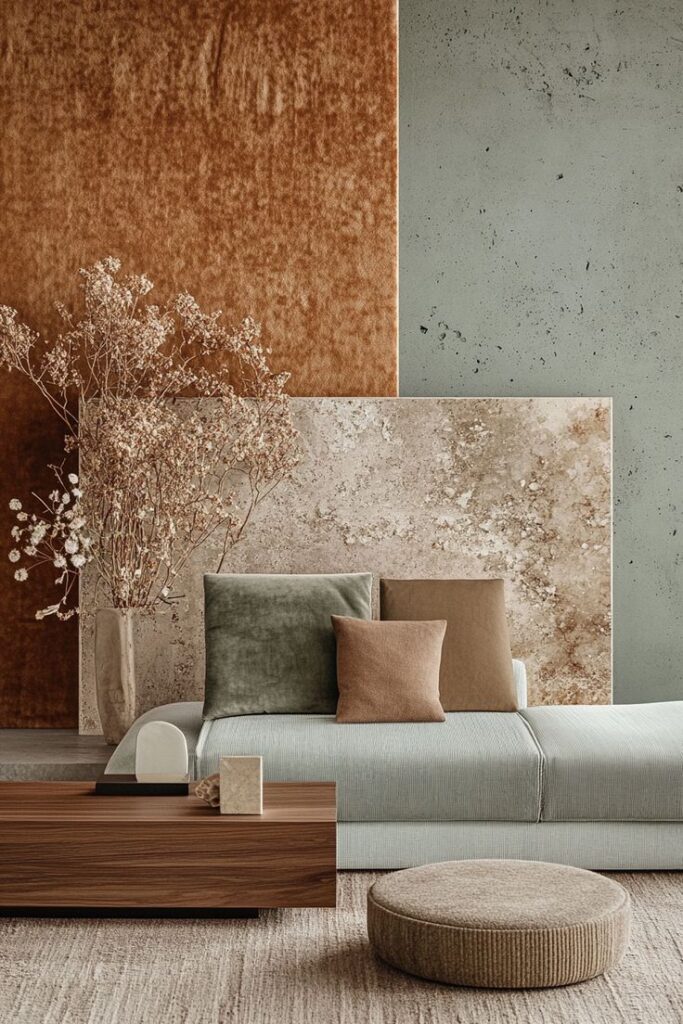
Combining Color Schemes With Texture
Color can either emphasize or tone down texture. Dark colors often deepen texture by creating strong shadows, while light colors make textures less noticeable. Matte finishes absorb light, making textures feel soft, while glossy finishes reflect light, drawing attention to surface details.
Using varied textures within one color scheme adds visual interest. For example, pairing a rough gray stone wall with smooth white paint creates contrast without adding new colors. This approach keeps the space simple but rich in touch and look.
Implementing Texture in Key Areas
Texture changes how a space feels and looks. It can add comfort, interest, and balance in different parts of a home. The right textures suit the function and style of each room.
Living Rooms
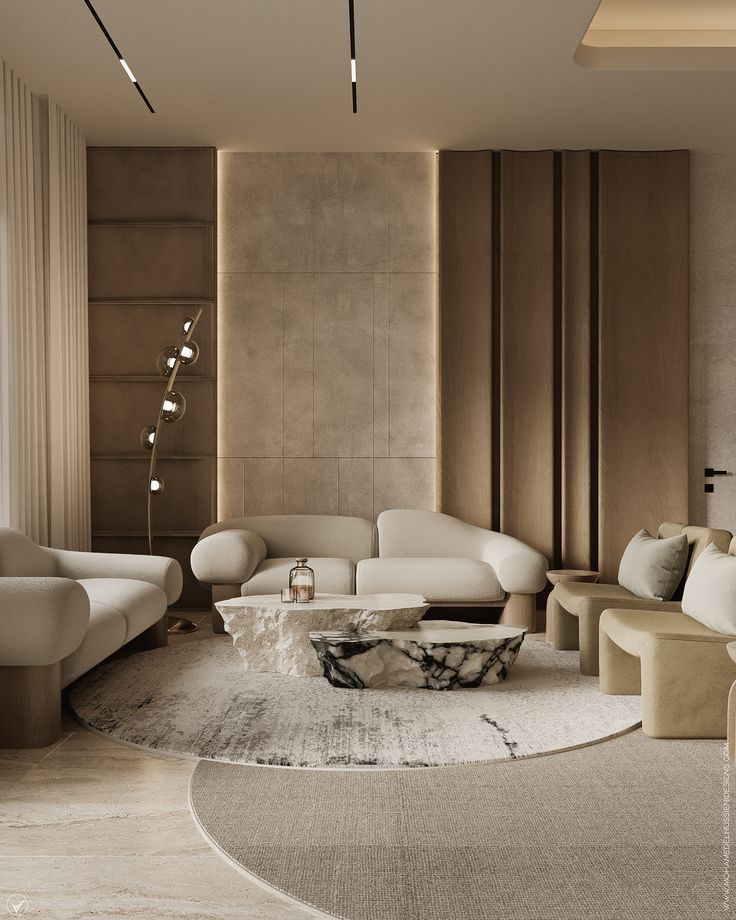
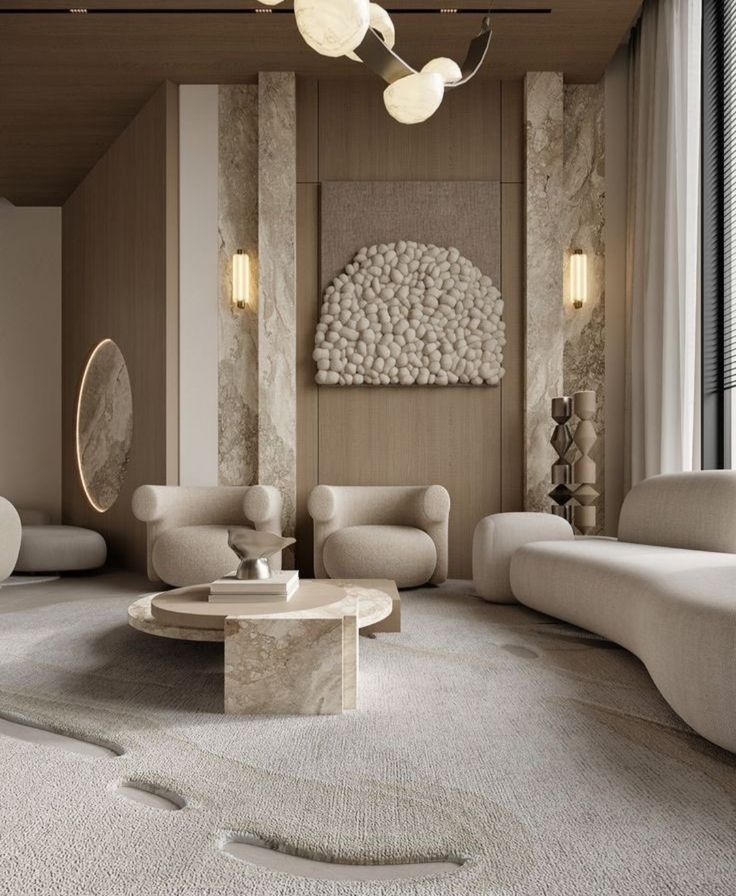
Living rooms benefit from soft, cozy textures to invite relaxation. Fabrics like velvet or chenille on sofas and cushions create warmth. Layering a plush rug over hardwood floors adds comfort underfoot.
Furniture with natural wood or metal finishes provides a mix of smooth and rough textures. Artwork and decorative objects can have raised or patterned surfaces for visual interest. Curtains made from linen or cotton add gentle texture and control light.
Bedrooms
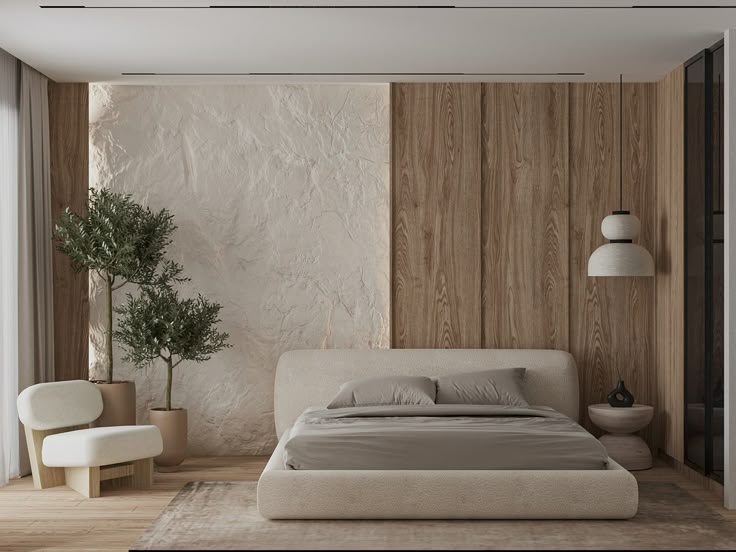
Bedrooms need soothing and calming textures. Soft bedding in cotton or linen keeps the space restful. A knit throw or textured pillows add depth without overwhelming the senses.
Wall treatments like fabric panels or painted plaster give a subtle feel. Rugs with low piles or natural fibers improve warmth. Avoid too many hard surfaces, focusing instead on materials that promote comfort and quiet.
Kitchens and Bathrooms
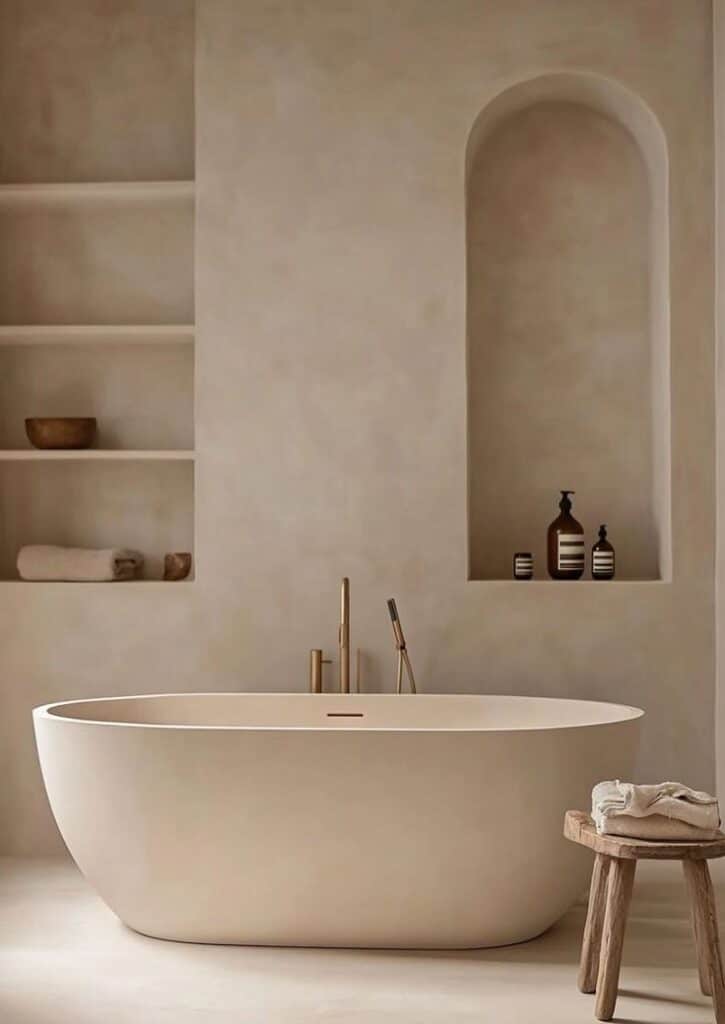
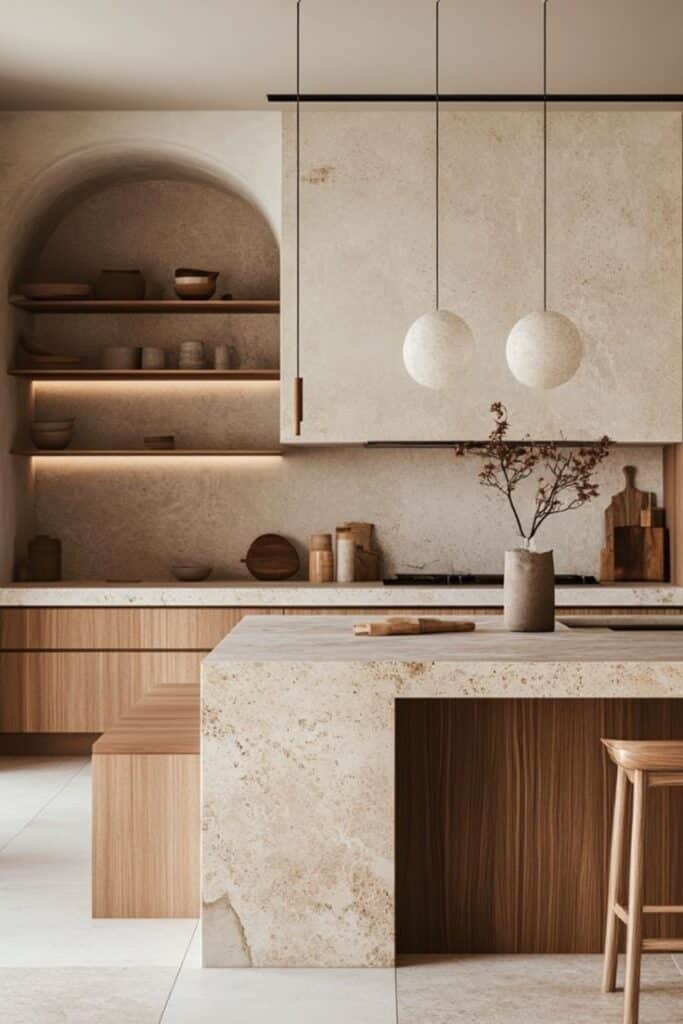
Kitchens and bathrooms use texture for both style and practical benefit. Smooth, glossy tiles and countertops are easy to clean and reflect light. Matte finishes on cabinets give visual softness and reduce glare.
Adding textured backsplashes or stone surfaces brings character and interest. Metal fixtures with brushed or polished finishes add shine and smoothness. It’s important that textures here combine durability with aesthetics.
Common Mistakes to Avoid With Texture
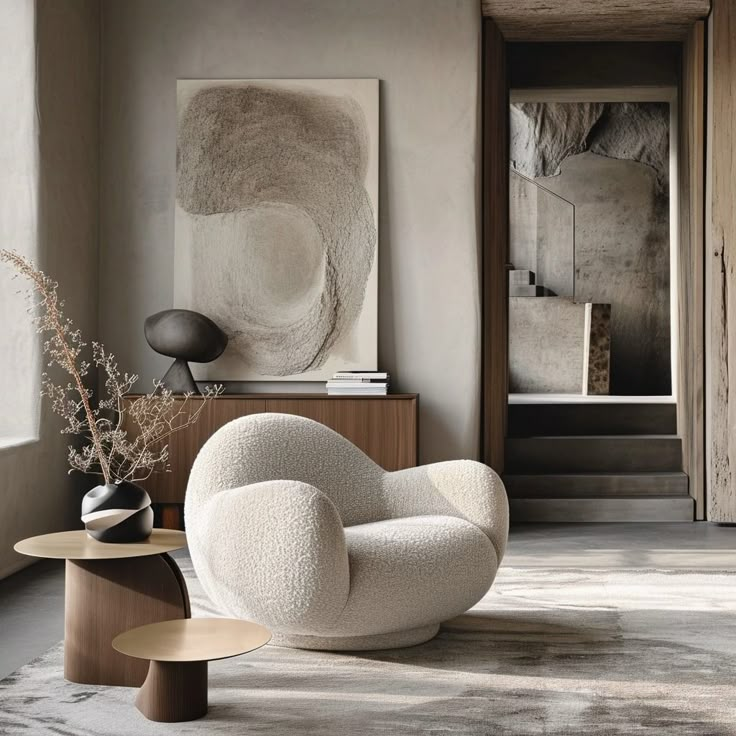
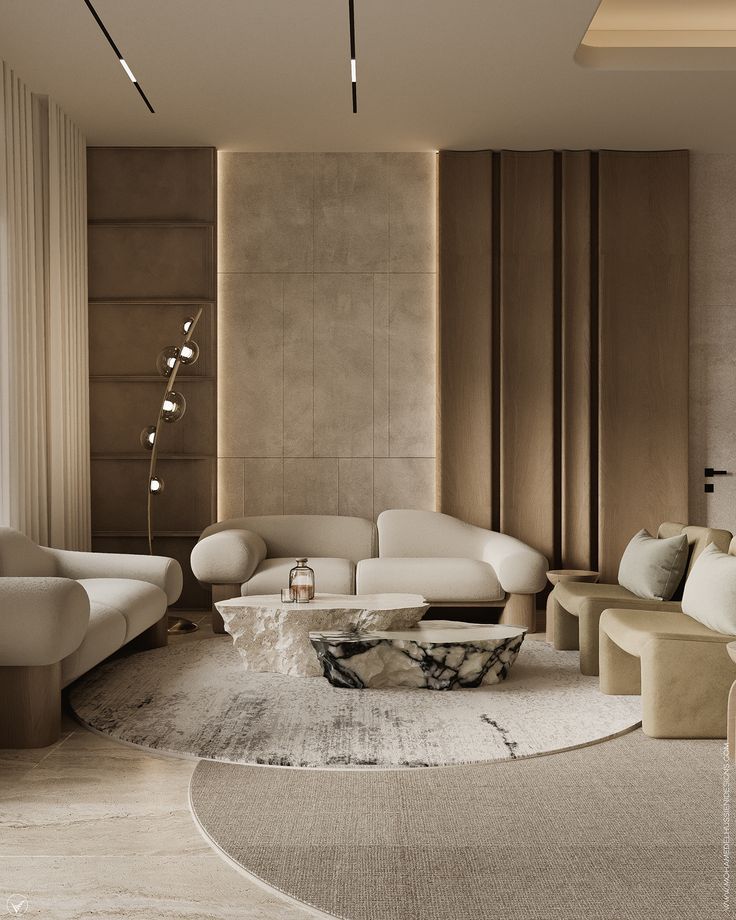
One common mistake is using too many textures at once. When a space has too many different textures, it can feel cluttered and confusing. Keeping a balance helps maintain a clean and comfortable look.
Another error is ignoring the scale of texture. Large textures in small spaces can overwhelm the room, while tiny textures might get lost in larger areas. It is important to match texture size to the room size.
Using only rough or only smooth textures can make a room feel flat. Mixing soft and hard textures adds interest and depth. Variety in texture keeps a space dynamic and inviting.
People often forget about the color impact of textures. Textures with strong colors might clash if not chosen carefully. Neutral textures can support bold colors without creating tension.
Lastly, some avoid texture altogether for fear of making mistakes. Texture, when used thoughtfully, enhances a room. Being cautious but willing to experiment can improve any interior design project.
| Mistake | Effect | Tip |
|---|---|---|
| Too many textures | Cluttered feeling | Limit to 3-4 types |
| Ignoring texture scale | Overwhelms or disappears | Match texture size to room |
| Using only one texture type | Flat, boring space | Mix soft and hard textures |
| Color ignoring | Clashing or tension | Choose neutral with bold |
| Avoiding texture | Lacks depth | Experiment cautiously |
Emerging Trends in Texture for Interior Design
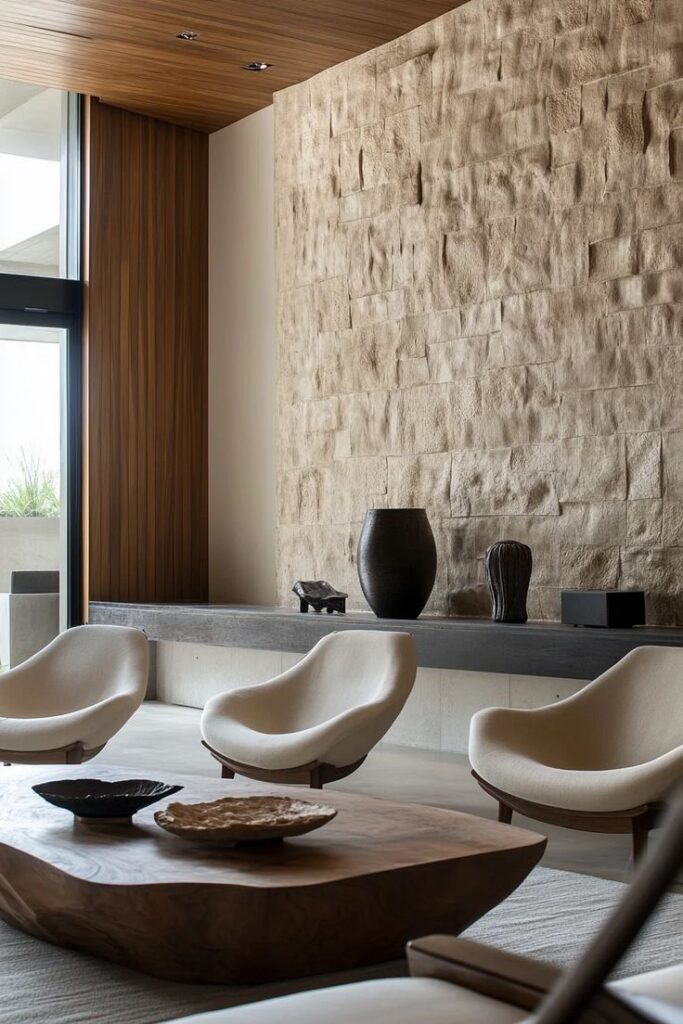
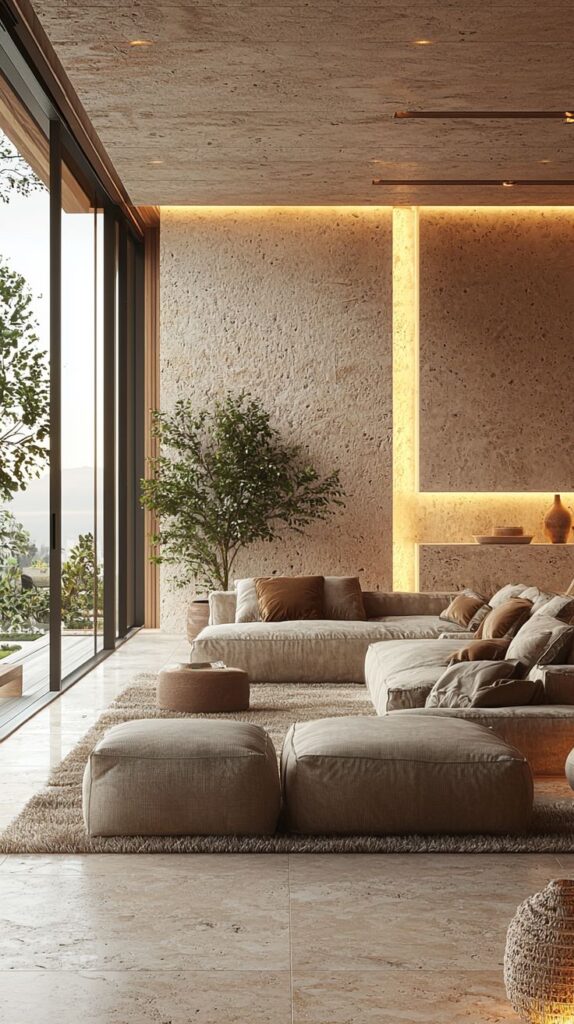
Natural textures are gaining popularity in interior design. Materials like wood, stone, and woven fibers bring a warm, organic feel to spaces. Designers are using these textures on walls, floors, and furniture to create a connection to nature.
Textured wallpapers and 3D wall panels are becoming common. They add depth without cluttering the room. These elements also help break up plain surfaces, making interiors feel more dynamic and interesting.
Soft textures are also trending. Velvet and boucle fabrics on sofas and chairs add comfort and luxury at the same time. Mixing soft textiles with harder materials balances the look of a room.
Another trend is combining different textures in one space. For example:
| Texture Type | Example | Effect |
|---|---|---|
| Rough | Brick, concrete | Adds raw, industrial feel |
| Smooth | Glass, metal | Offers sleek, modern look |
| Soft | Wool, velvet | Creates cozy, inviting vibe |
This mix helps rooms look layered and well-thought-out.
Sustainable and recycled materials are also in focus for texture. Designers prefer these to reduce environmental impact while keeping texture fresh and varied.
Metallic finishes with subtle textures are rising in use. Brushed brass or matte bronze adds a quiet shine and a tactile experience to accessories.
Texture in interior design now serves both aesthetic and functional purposes. It enhances comfort, style, and personality in homes and offices.
- 4.3Kshares
- Facebook0
- Pinterest4.3K
- Twitter0

